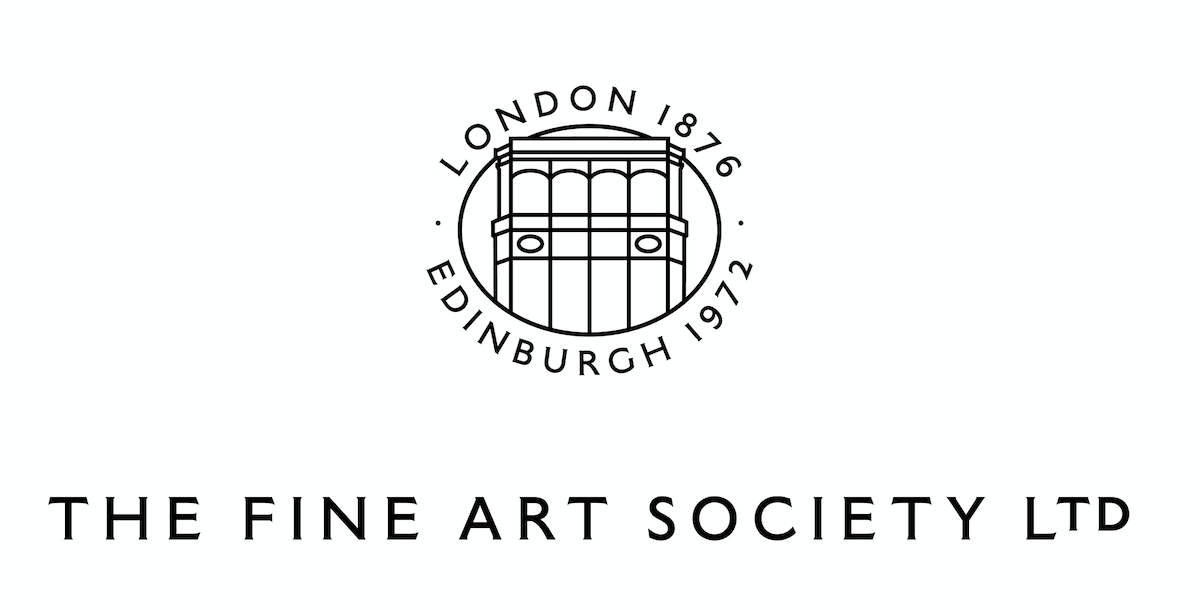British Realism: 1900-1935
'Realism is a fine, manly, practical word that appeals to everyone as safe and satisfactory' -- Wyndam Lewis
Since the emergence of Post-War abstraction realism in art, particularly in Britain, has often been written off as retrograde and the anthethis to Modernism. Yet the Realist movement itself, which started in France in 1840s with Courbet, was a completely new concept revealing the grittiness of modern life through frank observation. It's various iterations in British art from the Camden Town Group to the Modern Realists of the Interwar years have continually pushed the boundaries.
Early-modernism in Britain was influenced greatly by the Impressionist movement in Western-Europe and, more particularly, France. Many British Post-Impressionist artists found early inspiration in fin-de-siecle Paris, and would either holiday annually or even stay for extended periods - as in the case of Walter Sickert and George Leslie Hunter. It was in Dieppe, Normandy, that Sickert was introduced by Degas to the quotidian everyday subject matter that would dominate his oeuvre. Meanwhile Hunter would return again and again to the small towns in the South of France, such as Saint-Paul-de-Vence, that inspired the same relaxed style of his paintings shown at the Reid & Lefevre galleries, as they did the work of Paul Cézanne and Henri Matisse.
Closer to home, artists at the very beginning of their careers were experiencing a revolution in the guidance they received as students. In the 20s and 30s, the number of arts schools in London and the South-West grew to accommodate the next generation of artists and makers. By 1920 the Camberwell school of Art had opened its Fine Art Department, whilst the School of Drawing and Painting - later known as the Euston Road School - had opened in 1937. The Slade, despite being older, was amongst the more progressive schools at the time, the driving influence of which came from the professor of Fine Art, Henry Tonks. Artists whose works fall within the realm of British Realism, such as Augustus John and Richard Eurich, were guided under the strong hand of their teacher, who impressed upon them the same reverence for the realistic study of the human body, as he did during his career as a surgeon.
The following selection of works by English and Scottish artists, demonstrates the multifarious nature of realism in British art from the turn of the 20th century to the 1930s. The sheer volume of the artists active at the time, not to mention the multitude of art-movements that grew and intermingled, create a kaleidoscope of perspectives and schools of thought within British modernism, whose crosscurrents have only recently been explored. Notable exhibitions include 'True to Life', held at the National Galleries of Scotland in 2017, but also smaller reviews of the period, including The Fine Art Society's own 'Britain Between the Wars 1918-1939’ and 'Counterpoint I & II. These exhibitions placed artists of the time within context to each other to expose their joint similarities, and crossed origins.

